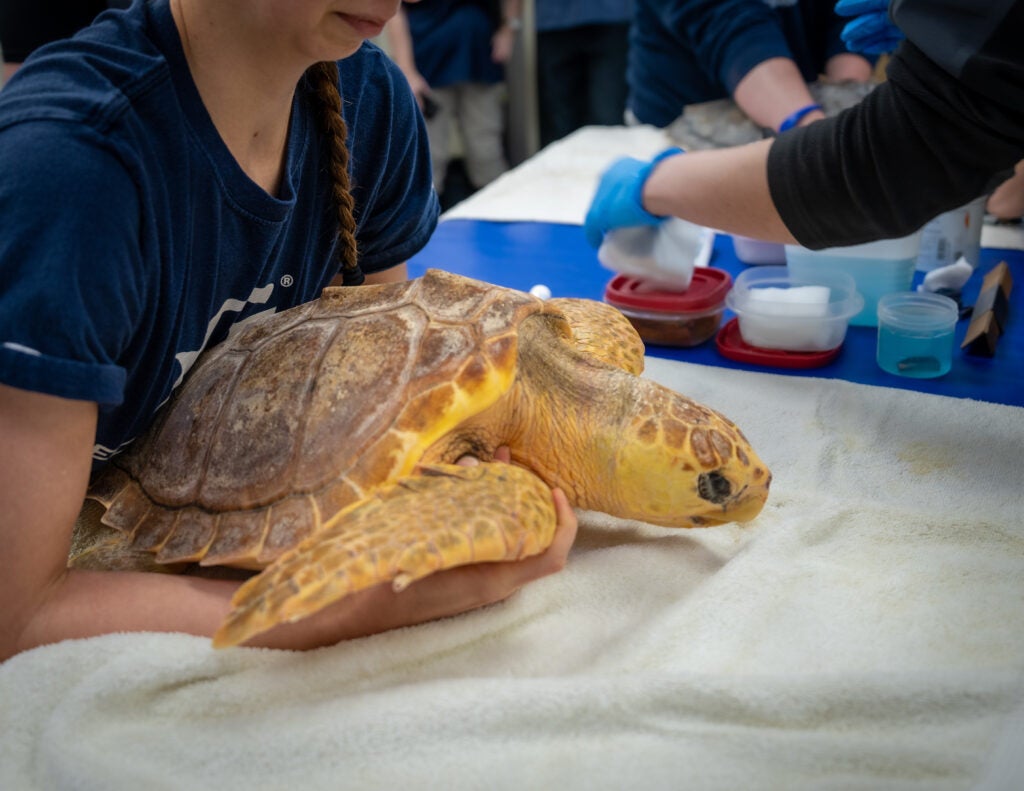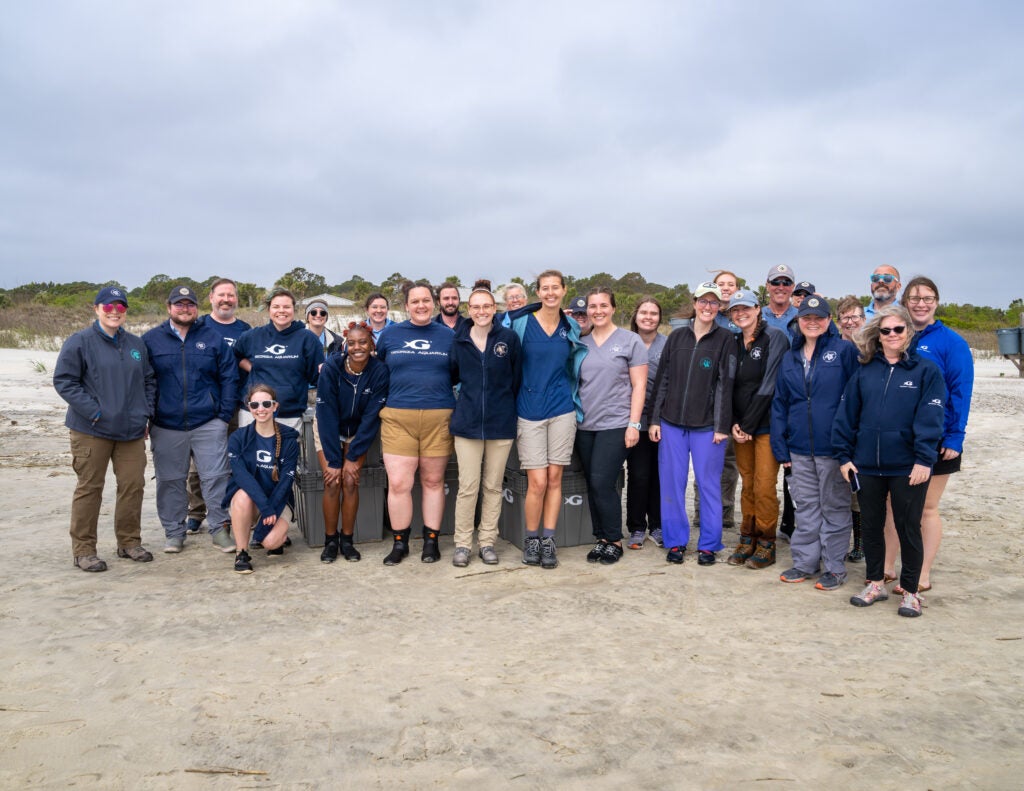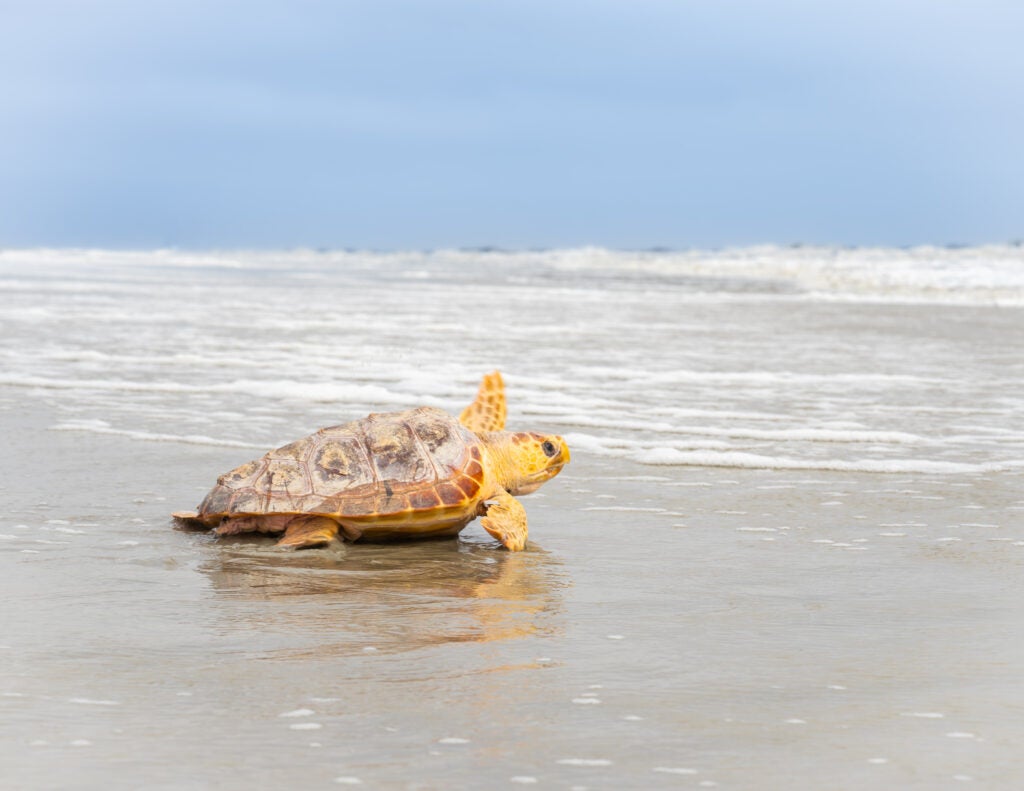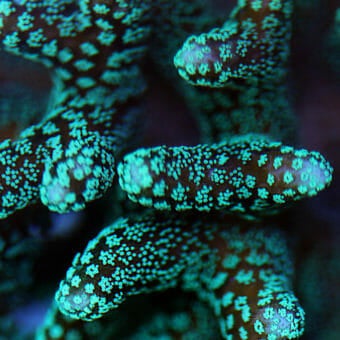Helping Rescue and Rehabilitate Cold-Stunned Sea Turtles
Over the past several years, hundreds of sea turtles have been found stranded off the North East coastline in the winter months. Without the intervention of rescue facilities, these animals would perish.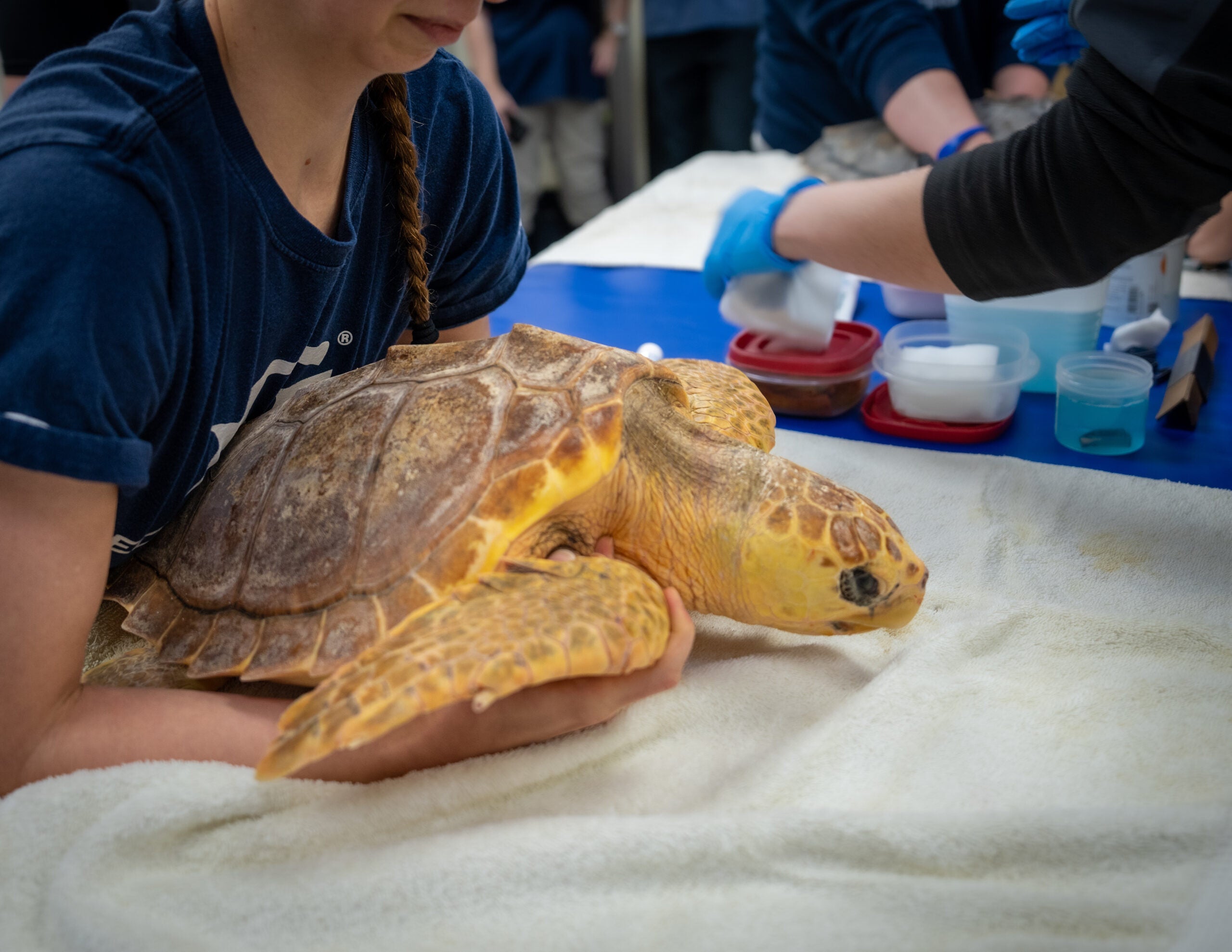
What is happening to sea turtles?
Each year, sea turtles instinctively migrate south for the winter. But recently, more and more turtles become stuck along the coast of Cape Cod, unable to make it to the safety of warmer waters. As their body temperatures drop, the turtles become weak and inactive – a condition known as “cold-stunning.” Without intervention, these animals could die.
According to data from Mass Audubon, the number of cold-stunned sea turtles in the Northeast has increased dramatically over the past ten years, and it’s not expected to slow any time soon. Experts predict that by 2031, more than 2,300 sea turtles may experience cold stunning annually on Cape Cod.
Over 200 sea turtles were brought to the Sea Turtle Hospital at the New England Aquarium for triage this past year. Turtles suffering from cold-stunning must be treated and cared for, typically for several weeks, until they can be released back into the ocean. With so many turtles needing care, several animals are relocated to secondary rehabilitation facilities around the East Coast, like Georgia Aquarium.
- The National Oceanic and Atmospheric Administration (NOAA) serves as the command center and arranges transportation and facilities for these turtles.
- Turtles Fly Too aids in coordinating transport needs by connecting private pilots and their planes with facilities around the country.
In the United States, there are 15 sea turtle rehabilitation facilities, including the Georgia Sea Turtle Center, which aid in rescuing and rehabilitating these sea turtles. In addition, several partner facilities care for cold stun patients during the winter months. Georgia Aquarium, the Georgia Sea Turtle Center, and other organizations all play a crucial part in this larger effort each year.
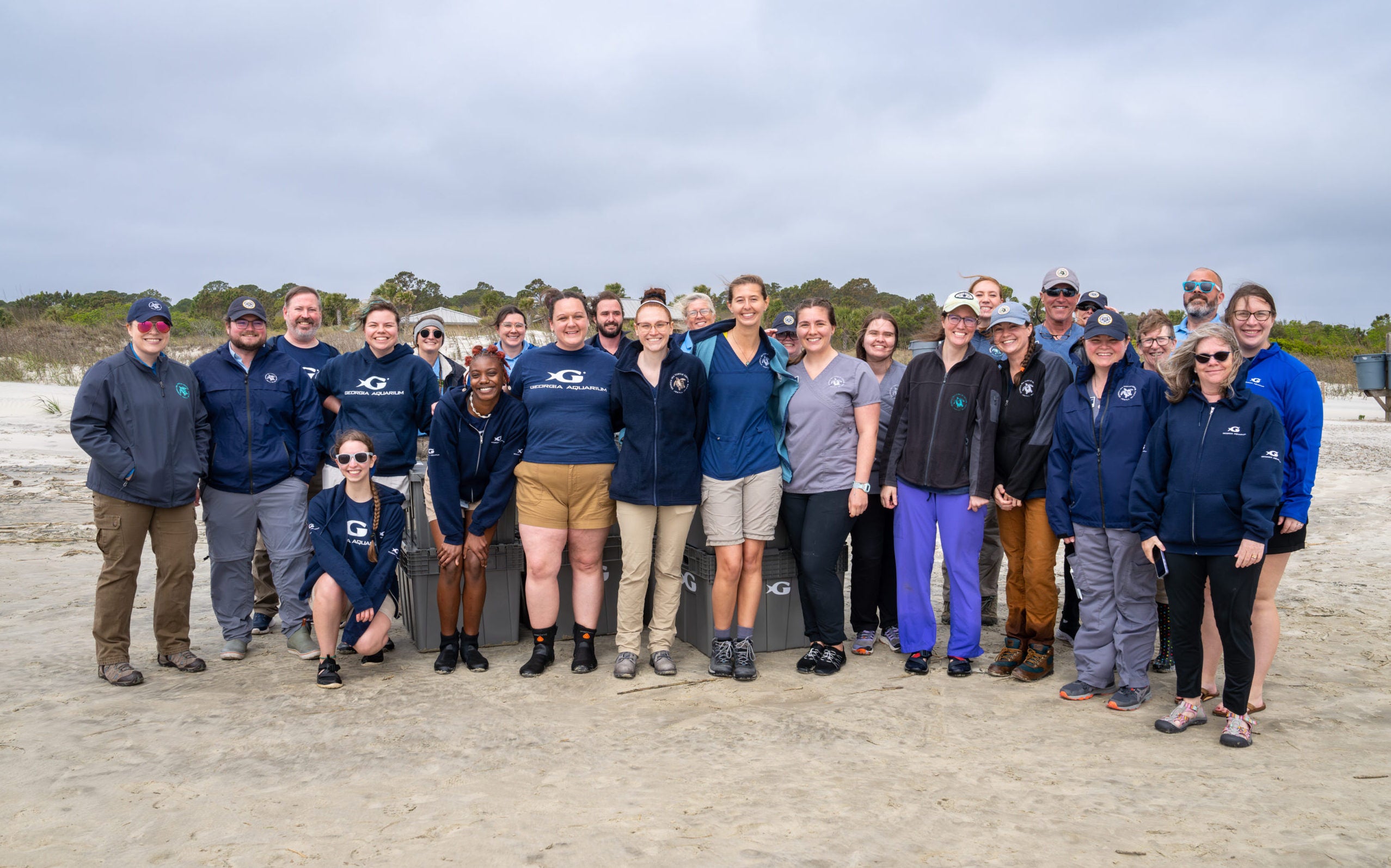
About the Georgia Sea Turtle Center
The mission of the Georgia Sea Turtle Center is education, research, and rehabilitation of sick and injured animals. Since 2007, the Georgia Sea Turtle Center has helped over 3,000 sick, stranded, or injured turtles. The Georgia Sea Turtle Center and Georgia Aquarium have been partners since 2016; after the evacuation of Hurricane Mathew, staff and animals from the Center took shelter at the Aquarium to ride out the storm. Since then, the Aquarium and Georgia Sea Turtle Center have worked together to provide longer-term care for cold-stunned sea turtles and eventual release back into the ocean.
What goes into the rehabilitation of these turtles?
The rehabilitation process is determined case-by-case and may look different for each turtle.
- Cold-stunned patients go through a prolonged rewarming process.
- If their temperature is raised too quickly, it can cause stress or shock.
- Patients also receive supportive care that could include blood work, radiographs, diagnostics, and wound management (if present)
- Once their temperatures are regulated and they regain enough strength, veterinary staff clear the turtles for release.
The recovery timeline and eventual release depend on the turtle’s health and response to care. While release is always the goal, it is not guaranteed. Depending on their injury, some patients require routine care or physical therapy to maintain their health. Some of these animals are transferred to a long-term care facility and serve as educational animals.
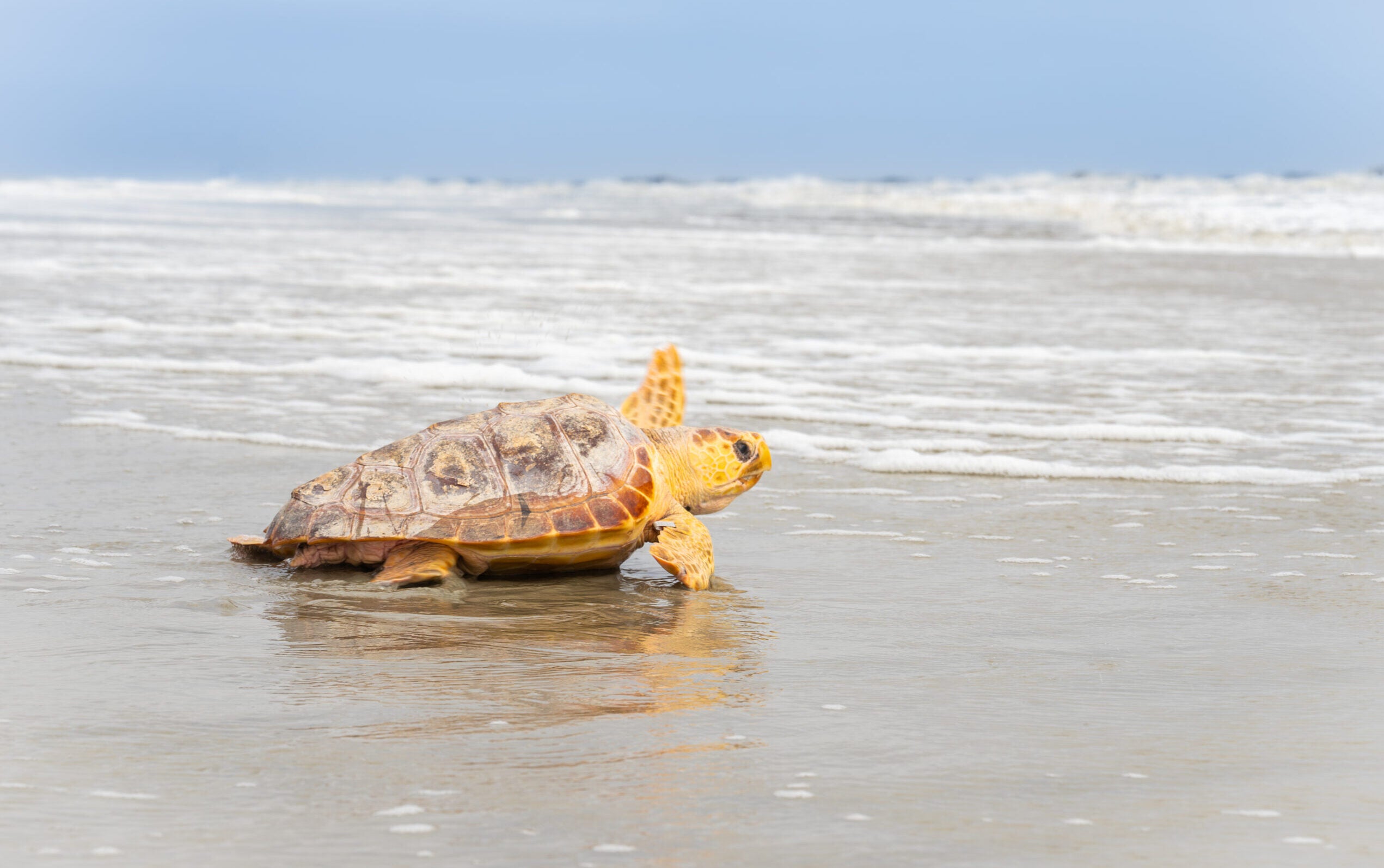
In March 2024, Georgia Aquarium and the Georgia Sea Turtle Center successfully released eight sea turtles back into the ocean. After being cared for by Georgia Aquarium staff at their off-site facility, all eight turtles made a full recovery and were cleared for release. With the help of Georgia Sea Turtle Center staff, these turtles were transported to Jekyll Island, GA, and released into the warmer waters.
Why is this mission important?
Several sea turtle species rescued during these efforts, including loggerhead and Kemp’s ridley, are endangered. These species play an essential role in our ocean’s ecosystem. Efforts to rescue, rehabilitate, and release these stranded turtles are vital for their continued conservation. By studying cold-stunned turtles, researchers can gather valuable data on behavior, physiology, and responses to cold temperatures. Working through partnerships benefits all as it improves rehabilitation efforts and fosters medical innovations. Through education, research, and rehabilitation, we can engage with our communities and inspire conservation efforts that span the globe.
How can you help?
Fortunately, the U.S. has a well-established network of government agencies, organizations, and volunteers that collaborate during cold-stunning events. This network actively plans for cold-stunning events. With alert systems to help organize and deploy people to look for and assist stranded turtles.
Help efforts to save these endangered sea turtles year-round:
- Reduce, Reuse, and Recycle.
- Participate in beach cleanups.
- Visit the Georgia Sea Turtle Center or Georgia Aquarium and learn more about research and conservation efforts.
- Become an adoptive turtle parent at the Georgia Sea Turtle Center.
- By symbolically adopting a turtle, you’ll receive updates on its health and rehabilitation journey. Proceeds from this adoption program directly support operational expenses such as food and medical care.
- Spread the message!
“Visiting the Georgia Sea Turtle Center is truly a one-of-a-kind experience,” says Michelle Kaylor, Director of the Georgia Sea Turtle Center. “The Center offers the public a chance to learn about sea turtles and see rehabilitation in action with various interactive exhibits and experiences.” The Center also offers year-round indoor and outdoor programs for guests of all ages. Visitors to the Center support the mission of rehabilitation, research, and education of sea turtles and wildlife on the Georgia coast.
Please remember all sea turtles are threatened or endangered under the U.S. Endangered Species Act, and a permit is required to work with these animals. If you see a sick, injured, or stranded sea turtle, immediately contact your local stranding network.
Georgia Aquarium is a leading 501(c)(3) non-profit organization located in Atlanta, Ga. that is Humane Certified by American Humane and accredited by the Alliance of Marine Mammal Parks and Aquariums and the Association of Zoos and Aquariums. Georgia Aquarium is committed to working on behalf of all marine life through education, preservation, exceptional animal care, and research across the globe. Georgia Aquarium continues its mission each day to inspire, educate, and entertain its millions of guests about the aquatic biodiversity throughout the world through its engaging exhibits and tens of thousands of animals across its eight major galleries.


